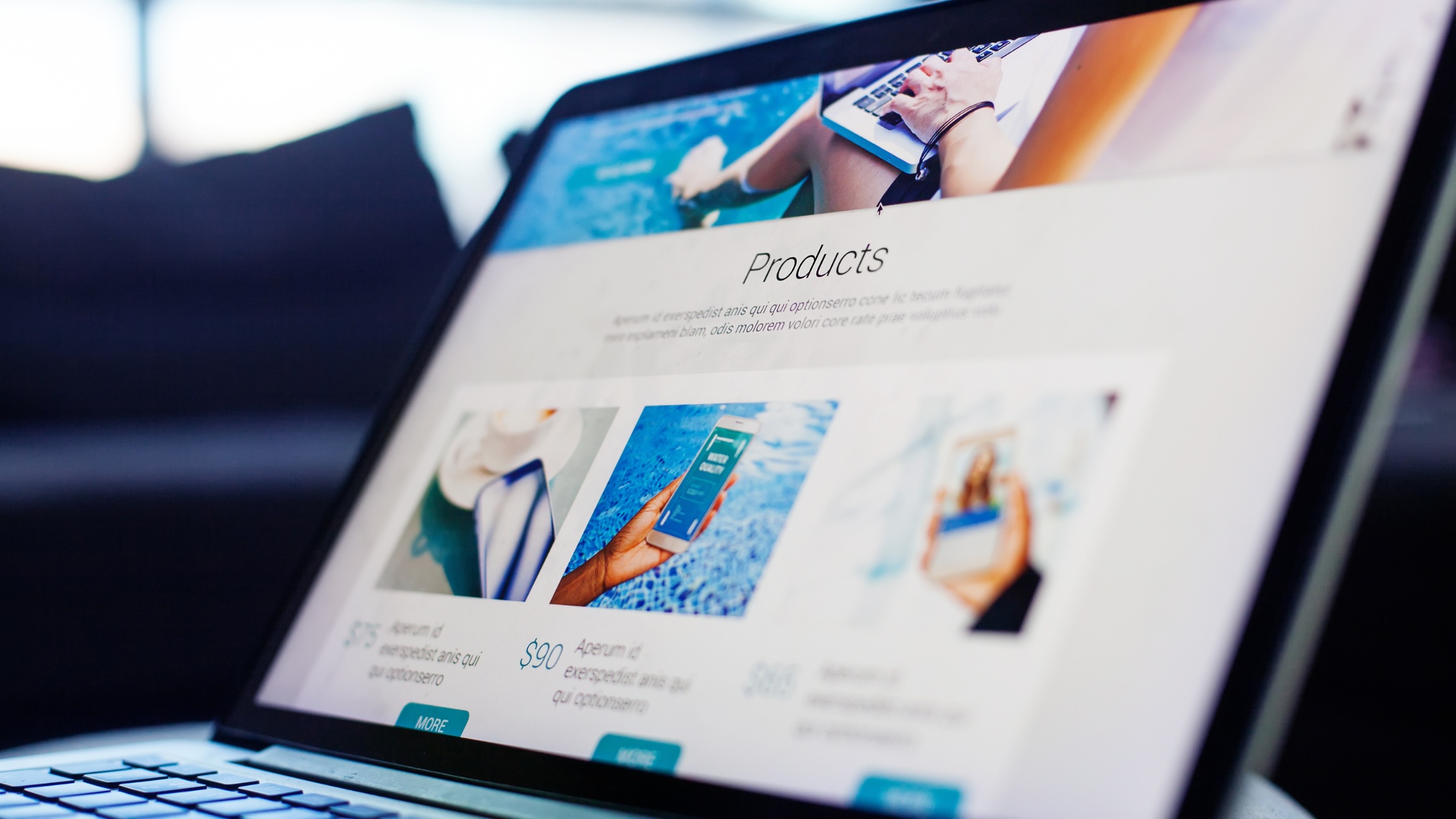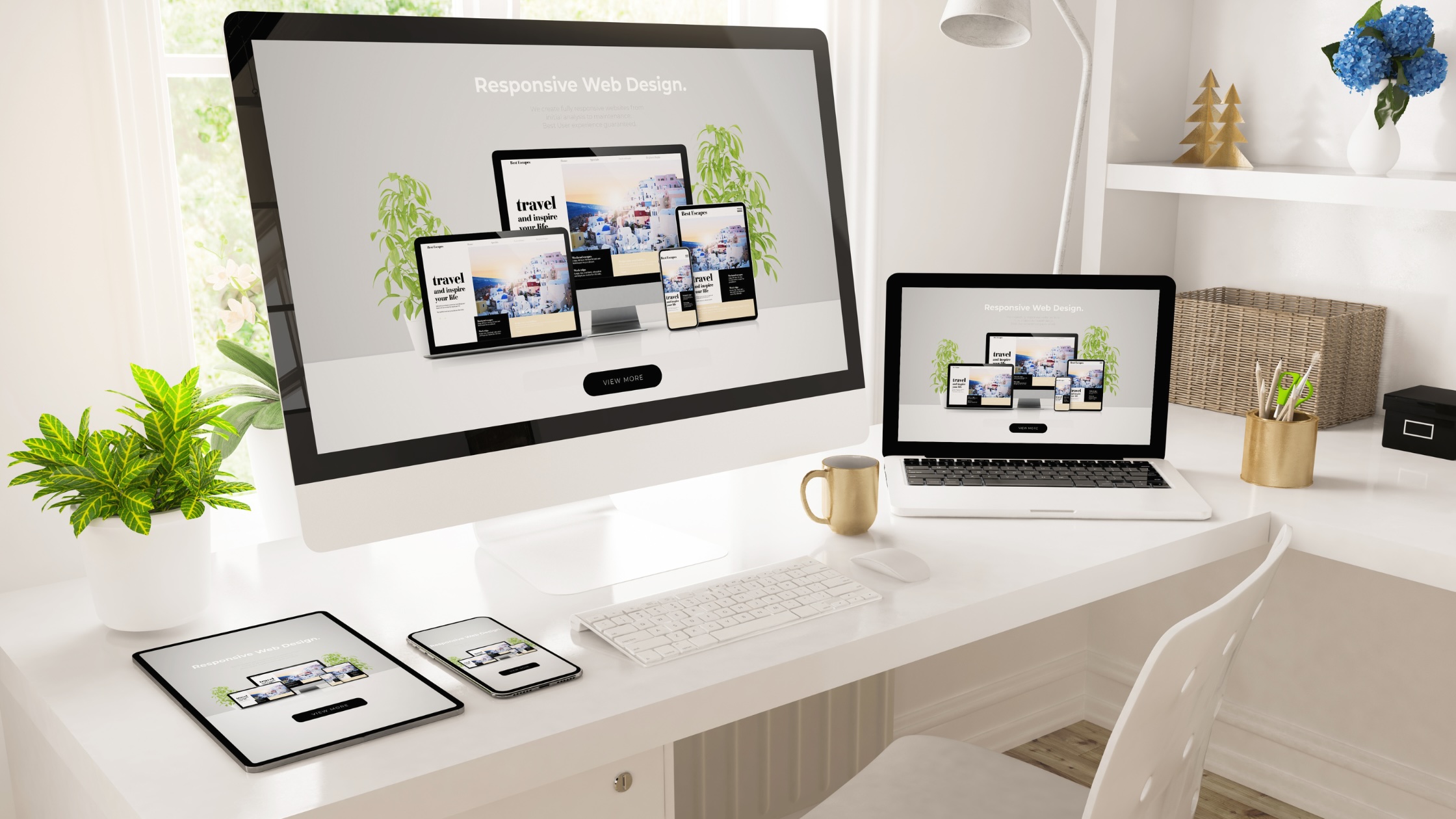In today’s digital-first marketplace, your website is the foundation of your marketing, sales, and customer engagement strategy. Pickett & Associates often reminds clients that while social media platforms, advertising networks, and third-party directories are useful tools, they’re only extensions of your marketing. Your website is the one piece of digital real estate you truly own and control.
Your website isn’t just about looking good. It’s also your lead magnet and reputation manager. The trouble is that too many businesses settle for cookie-cutter sites that look like they were designed during the dial-up era. The hidden costs of a weak or clunky website? Think of them as the silent profit killers: lost sales, shaky trust, and constant maintenance headaches. It’s like trying to win a race with flat tires, you’ll spend more time fixing problems than moving forward.
Our P&A resident website guru, Wes Weber, has been a pioneer in the digital realm for three decades, transforming the online presence for companies of all sizes. In addition to P&A clients, Wes has worked with Indianapolis Motor Speedway™, Chicagoland Speedway®, Route 66 Raceway®, Martha Stewart, Rachel Ray Every Day, and the 2002 Winter Olympic Committee. Here, he weighs in on a big question for many of our clients: How can businesses drive more traffic to their websites?
What are some of the top ways we help our clients’ websites drive more traffic?
Building a beautiful website is only the beginning. Driving the right traffic to it requires a blend of technical expertise, content strategy, and ongoing marketing support. Some of the most effective ways we help clients grow include the following (see below); when your site isn’t built to support these tactics, you end up leaking traffic and opportunities.
- SEO-First Development
• Clean architecture, fast page speeds, and mobile-first design.
• Keyword-driven content and ongoing optimization.
• Technical audits to eliminate indexing or crawlability barriers.
- Content Strategy & Marketing
• Publishing thought leadership, blog content, and resources that match what prospects search for.
• Evergreen content that continues to bring in traffic over time.
• Content mapped to different stages of the buyer’s journey.
- Conversion-Focused Design
• Intentional layouts, visual hierarchy, and clear calls-to-action.
• A/B testing landing pages to constantly refine what works best.
• Minimizing friction (e.g. reducing form fields, clear next steps).
- Campaign Integration
• Ensuring your paid ads, social posts, and email campaigns send users to optimized landing pages (on your site).
• Consistent messaging and tracking across channels so you know exactly what’s working.
What are the benefits of having a pro help out instead of doing it yourself?
Many small business owners are tempted to use DIY website builders or piece together their online presence on their own. While this can work temporarily, it often comes with hidden pitfalls: lost time, poor SEO performance, weak security, and designs that don’t convert. By partnering with Pickett & Associates, businesses benefit from:
- Strategic Expertise: We don’t just design websites, we align them with your broader business goals. Every color, call to action, and page layout is chosen with results in mind.
- Time & Cost Efficiency: While DIY might seem cheaper, it often requires dozens (or hundreds) of hours learning technical skills, fixing errors, and troubleshooting. With our team, you can stay focused on running your business while we handle the heavy lifting.
- Professional Quality: From coding standards to mobile optimization, our websites are built to last. A DIY site might “look okay,” but may be missing the technical foundations that affect SEO, accessibility, and security.
- Ongoing Support: Businesses evolve. Having a professional partner means your website can evolve with you by adding new features, updating content, and staying secure over time.
Are you ready to drive more traffic to your website? Contact us today to learn more about how we help our clients build and maintain gorgeous, functional websites that gain them customers and keep them on track for the growth they desire.




